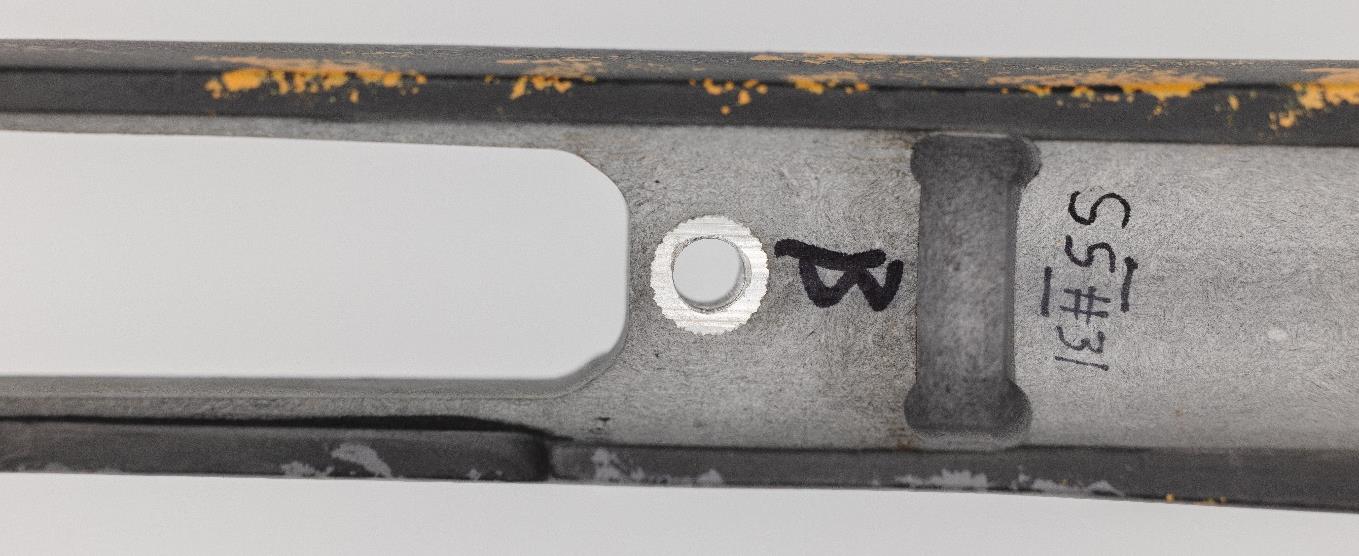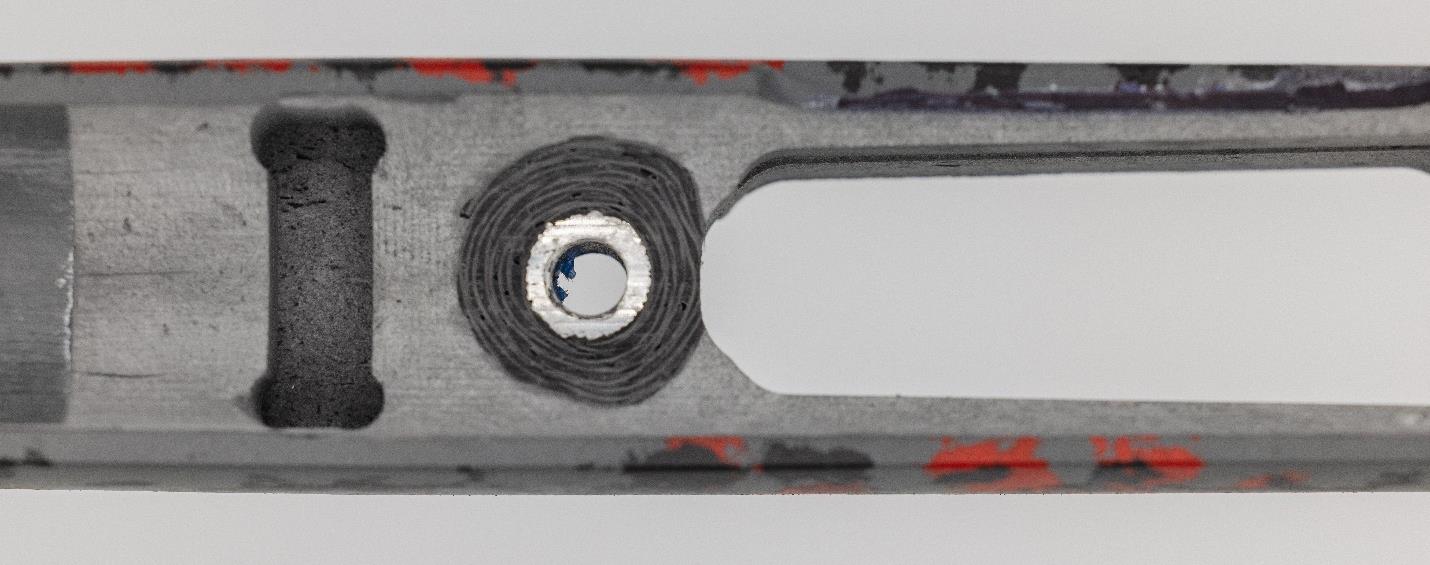Stock Bedding and Aluminum Pillars: Are They Necessary?
If you’re new to building precision rifles, or even if you’ve been in the game for a while, you might be wondering whether or not it’s necessary to bed your action to your stock, and what’s the deal with aluminum pillars?
Let’s cover bedding first. This is the process of bedding your rifle receiver to the action inlet of your stock with some kind of compound. This work is typically done by a gunsmith and was originally done with fiberglass. Today, Devcon® or Marine-Tex are commonly used compounds.
When done correctly, bedding a stock perfectly mates the bottom of the rifle action/receiver to the stock, equalizing pressure across that mated surface induced by torquing the action screws to spec. It also ensures that the receiver can’t move within the stock under heavy recoil.

A proper bedding job will completely lock the receiver recoil lug into the recoil lug pocket so that no movement is possible under heavy recoil.
This process was important before CNC machining allowed stock makers to produce a perfect inlet for a specific action, and it was especially important with wooden stocks, which could warp, shrink or swell based on environmental conditions.
Proper bedding creates consistency when the action inlet is not consistent, or the stock material isn’t rigid, weather impervious or consistent. It’s important to mention that a poor bedding job can be worse than not bedding at all. A poor, uneven bedding job can actually induce stress on the action/receiver.
So is bedding a stock still important today? Well, that depends. When considering whether or not to bed an AG Composites stock, our suggestion is to put the rifle together and shoot it in various conditions before bedding. If the rifle shoots consistently, there’s no need to bed the stock. Most of the time bedding is not necessary, especially with low recoiling cartridges.
From time to time, however, a rifle does benefit from bedding. Generally, this is the case with big magnums that create a lot of recoil energy. When the recoil is so high that it overcomes the tension of the action screws, bedding the recoil lug should be considered.
The recoil lug pocket on our stocks - and most of our competitors - is intentionally oversized. That’s because there’s a good deal of variation in the dimension of one recoil lug to another, plus we like to leave enough room for bedding compound in case a customer would like to bed the stock.
We’ve never found the need to bed a stock beyond bedding of the recoil lug. Perfectionists will usually prefer to bed the whole receiver inlet, whether it’s necessary or not.
So, the short answer is… bed the gun if you need to or if it makes you feel better. If the gun shoots flawlessly in various conditions, don’t feel the need to bed the stock just for the sake of bedding it.
What's with the pillars?
“Pillar bedding” a stock is or was a thing, too. Pillar bedding simply refers to installing aluminum pillars in a stock that doesn’t have them from the factory. This ensures that the action screws are tightened against aluminum, instead of the stock fill material, be it wood, polymer or composite.
Pillar bedding was a good step to take when modifying a wooden stock. Wood and polymer stocks lack the strength needed for consistency. These materials can crush under the tension induced by torquing action screws. This is especially the case with a wooden stock over time, and when being used in changing environmental conditions.

The aluminum pillar is clearly visible here, along with the intentionally oversized recoil lug pocket.
Because of this, most custom stock manufacturers began molding aluminum pillars into their stocks. The action screws run through these aluminum pillars. AG Composites stocks are no exception. They all come from our plant in Alabama with aluminum pillars, but we’ve even taken the rigidity a step further. Our assembly technicians spool carbon fiber material around the pillar, and we’ve found that the carbon fiber is more rigid than the aluminum. We do this in both our carbon fiber and fiberglass stocks.

Seen here is an example of how AG Composites spools carbon fiber material around the aluminum pillar for extreme rigidity.
To test our theory that the carbon fiber is more rigid than an aluminum pillar, we put a bolt through an aluminum pillar and put a bolt through the carbon fiber fill of the stock without a pillar. After applying extreme and identical torque to both steel bolts, we found that the aluminum pillars will deform (squish). When we repeated the process with the bolt through the carbon fiber, we found that the bolt will stretch and deform before the carbon fiber compresses.
So, why do we even bother molding aluminum pillars into our stocks? We do it for two reasons.
Number one: we use the pillars in the manufacturing process. Having that aluminum in the stock simplifies certain procedures.
Number two: customers like to see aluminum pillars. It’s easier to leave the pillars in the stocks than it is to re-educate the market. The pillars certainly don’t hurt anything.
Keep in mind, we’re saying that pillars aren’t necessary in AG Composites carbon fiber and fiberglass stocks because we know that our proprietary fill material is stronger than the aluminum pillars. We can’t speak for other stock manufacturers, though, and aluminum pillars would be a great addition to wood or polymer stocks.